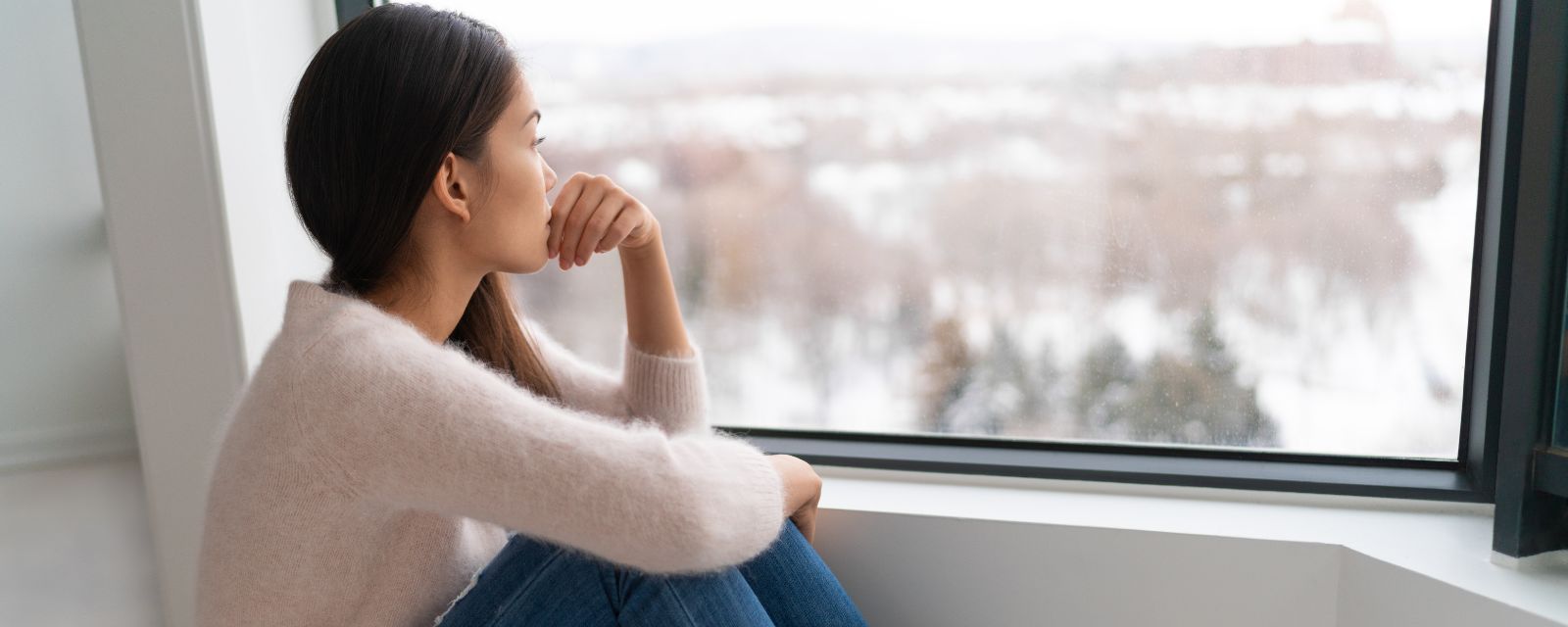Prioritize Your Mental Health with Mindfulness This Election Season
What is mindfulness?
Mindfulness is simply awareness of the present moment. To be mindful means to be an observer of your thoughts without any judgment. Stress, anxiety, and depression can quickly form when we become entangled in our thoughts. Anxiety forms when we are living in the future, and depression settles when we live in the past. Mindfulness encourages us to be present and to recognize what is within our scope versus what is outside of our control.
Mindfulness is not meditation. While meditation is absolutely a form of mindfulness, it is not by any means the only way to practice mindfulness. In fact, meditation can be unpleasant for many people, especially those who might experience discomfort noticing their bodily sensations.
Elections and Mental Health
With this year’s US presidential election quickly approaching, national tension and discord is extremely heightened. A study by Nayak et al. (2021) shows that anxiety and depressive disorders rose between 52 and 72 percent amid the 2020 election.
Moreover, interpersonal relationships are often impacted by differing political views. Social connection is important to mental wellbeing, and relationships impacted by differing political views negatively impacts our mental wellbeing.
It is completely normal to be hooked in by thoughts, conversations, and current events in the current climate. While it is important to engage in these conversations and be part of positive change, there is also importance in prioritizing your wellbeing and recognizing what is within your control.
Below you will find foundational aspects of mindfulness and practical ways to incorporate mindfulness to prioritize your mental wellbeing during this election season.
Mindfulness basics
1. The present moment
A core principle of mindfulness is the present moment. Thoughts of course will come and go, and the present moment encourages us to simply observe these thoughts and re-orient ourselves to the present. This strives to alleviate any pressure, negative feelings, or self-judgment that can accompany engaging with your thoughts.
Mindfulness strives to offer compassion by simply observing your thoughts without judgment rather than engaging with them. Thoughts are fleeting; the present moment is constant.
2.Anchor
It is important to have a way to ground yourself while practicing mindfulness. This is known as an anchor. An anchor can be the sensation of your fingertips pressing together, the sound of a bell, or the scent of essential oils, for example. An anchor can be anything based in your five senses that brings you back to the present moment.
Apps such as Mindfulness Bell can be a good place to start in finding an anchor that works for you.
3.Non-judgement
Your mind will inevitably drift or you engage with a thought during mindfulness. When returning to your anchor, remind yourself that it is normal to lose focus of the present moment. Returning to your anchor is an important part of the process, so know that you are not doing a poor job if this happens.
Techniques
1. 5-4-3-2-1
This tool focuses on your five senses and helps to notice sensations that easily pass us by. Notice five things you can see, four things you can touch, three things you can hear, two things you can smell, and one thing you can taste.
If one of your observations hooks you in; notice the thought, and guide yourself back to the sensation of the sense. In this activity, whatever you are sensing in the moment, whether it is the bright green color of the leaves outside of your window or the feeling of your pet’s fur, is your anchor. Your anchor changes from moment to moment here.
2. Incorporate mindfulness into a daily task
Sometimes, the idea of making time for a mindfulness practice can be overwhelming. If carving out time for this feels daunting, incorporating mindfulness into one daily task can lift this burden.
Take brushing your teeth for example. During the two minutes or so that you are brushing your teeth, use the sensation of the bristles on your teeth or the motion of your hand as the anchor. Center yourself in this action and challenge yourself to not multitask. Should your mind wander, (which it will!), gently refocus your mind to the sensation of your chosen anchor without judgment.
3. Mindfulness while falling asleep or waking up
Starting or ending your day with mindfulness can be a good way to center yourself. By choosing an anchor such as the sensation of your sheets against your skin or the feeling of your head on the pillow, a few minutes of mindfulness in this space is helpful to gauge where your mind is in this space. This would also be a good space to use a timed mindfulness bell or a guided mindfulness practice.
4.Tracking
Tracking your mindfulness can be a helpful way to maintain consistency and ensure you are building upon your practice. It is also useful to note what you liked and disliked about certain mindfulness practices, or what you feel you would like to improve upon next time.
Here is a helpful worksheet to log your mindfulness practices.
Conclusion
These mindfulness techniques can be helpful to check in with yourself and to prepare your mind and body for stress. Mindfulness is a useful tool to ease anxiety during this election season when so many parts of life feel outside of our control.
Resources
References
- Sameera S. Nayak et al. (2021). Is divisive politics making Americans sick? Associations of perceived partisan polarization with physical and mental health outcomes among adults in the United States. Social Science and Medicine. Vol 284.
- Harris, R. (2019). ACT made simple: an easy-to-read primer on acceptance and commitment therapy (2nd ed.). New Harbinger Publications.
- Navigating the Election Year with Mental Well-being. (n.d.).
- Caregiver Support Line – Relaxation Activity. (n.d.).
All material provided on this website is for informational purposes only. Direct consultation of a qualified provider should be sought for any specific questions or problems. Use of this website in no way constitutes professional service or advice.




